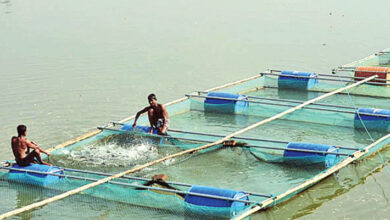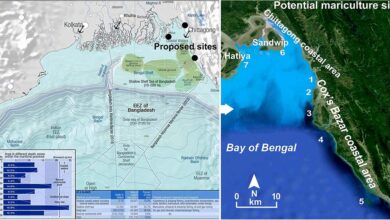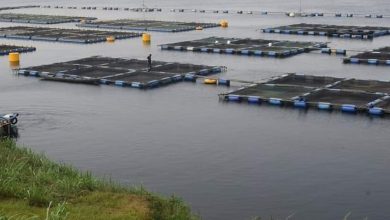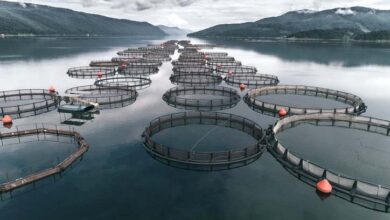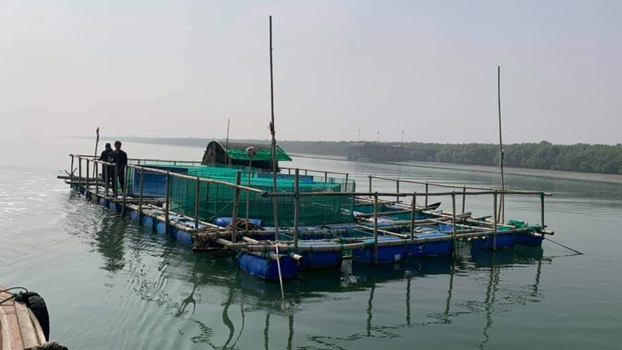
After the resolution of the maritime boundary delimitation disputes with Myanmar in 2012 and India in 2014, respectively, debates on the blue economy began in Bangladesh. Under the umbrella of Bangladesh’s developing blue economy, a number of prospective sectors and prospects for mariculture growth have been identified.
Within Bangladesh’s current maritime boundaries, the productive economic sectors of the blue economy are highlighted and taken into consideration in order to harness and fully utilize ocean-based resources. These ocean-based resources can offer a solid foundation for revenues and economic advantages if they are handled with effective planning and cross-sectoral coordination of public-private partnerships and investment.
To grow marine aquatic species/groups like finfish, shellfish, and seaweed for commercial farming and human consumption, marine aquaculture is defined as the installation of land-based ponds, enclosures/cages in the onshore and offshore environments. Over the past 40 years, Bangladesh has made few attempts to advance mariculture, with the exception of tiger shrimp (Penaeus monodon) farming, which uses time-honored and modernized comprehensive traditions in the coastal areas.
Major Constraints:
When it comes to salinity, temperature, pH, dissolved oxygen, nitrate, and ammonia, marine creatures are extremely sensitive. They are also susceptible to disease and predators. Cyclones, pollution, and the effects of climate change are only a few examples of manmade and natural activities that might cause uncertainty in mariculture operations. Many species need a long time to reach a size that is suitable for marketing and require a sizable initial investment and working capital. The main obstacles and challenges to the development of mariculture in Bangladesh are (i) the suitability of the site, (ii) the accessibility of seed and broodstock, (iii) the price and accessibility of feed, (iv) the availability of skilled manpower, (v) market access, (vi) financial resources, (vii) logistics support, (viii) environmental concerns, and (ix) biosecurity.
Any species that may be farmed requires seed, and in cases when natural seed is not available, hatcheries are necessary. Unfortunately, the country lacks marine finfish or crab hatcheries, which are more essential for the growth of mariculture. For some species (such as tiger shrimp and carnivorous finfish), intensive feeding with high-quality food (both live and supplemented) is necessary to maximize output, shorten grow-out times, pay off investment in ponds or cages more quickly, and improve profitability. This might not be desirable for reasons of food security because it could raise production costs, financial hazards, and the risk of disease. All of these crucial aspects need to be taken into account when creating production models.
Preventive Measures:
Under the eighth five-year plan of the government of Bangladesh and the concept of blue economy development, mariculture technology should be successfully implemented in coastal, near-coastal, and offshore locations. The nation will be able to meet its population’s needs for bulk protein in their diets and reap long-term advantages in the economic spheres. Through training programs and demonstrations, Bangladeshi farmers and researchers could access the trained labor in mariculture found in China, Vietnam and Indonesia. To produce adequate and chosen marine fin fish, shellfish, and plants for the long-term advantages of Bangladesh’s economy, environment, and coastal communities, a viable and sustainable mariculture business need to be developed. Following that, ministries, departments, and research institutions, as well as interested private entrepreneurs, should work together to develop a strategy for the effective development and implementation of marine aquaculture farming in the country’s coast, inshore, and offshore areas.
Farhana Islam
Agriculturist, Researcher

